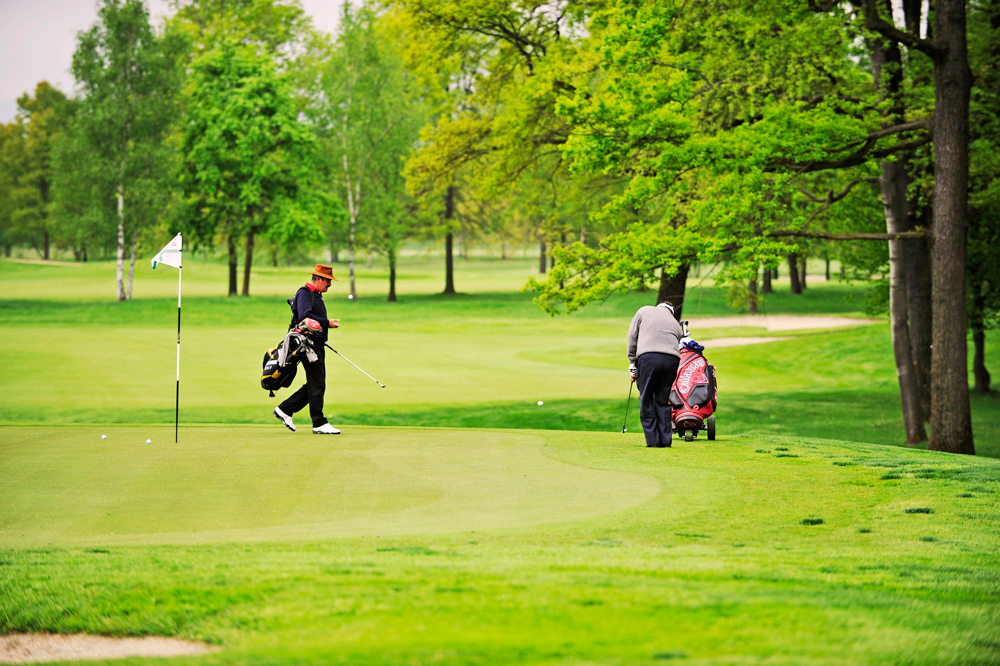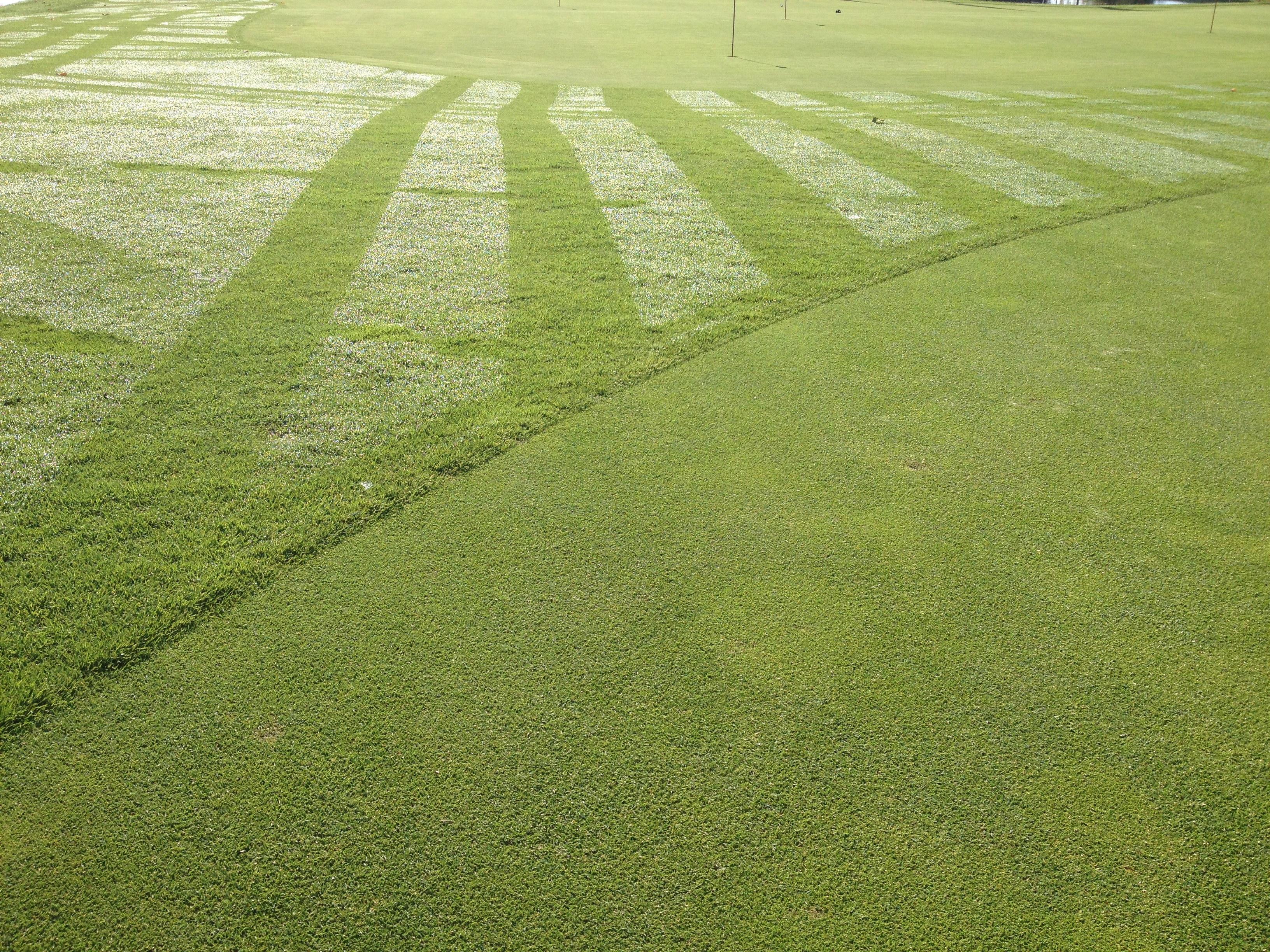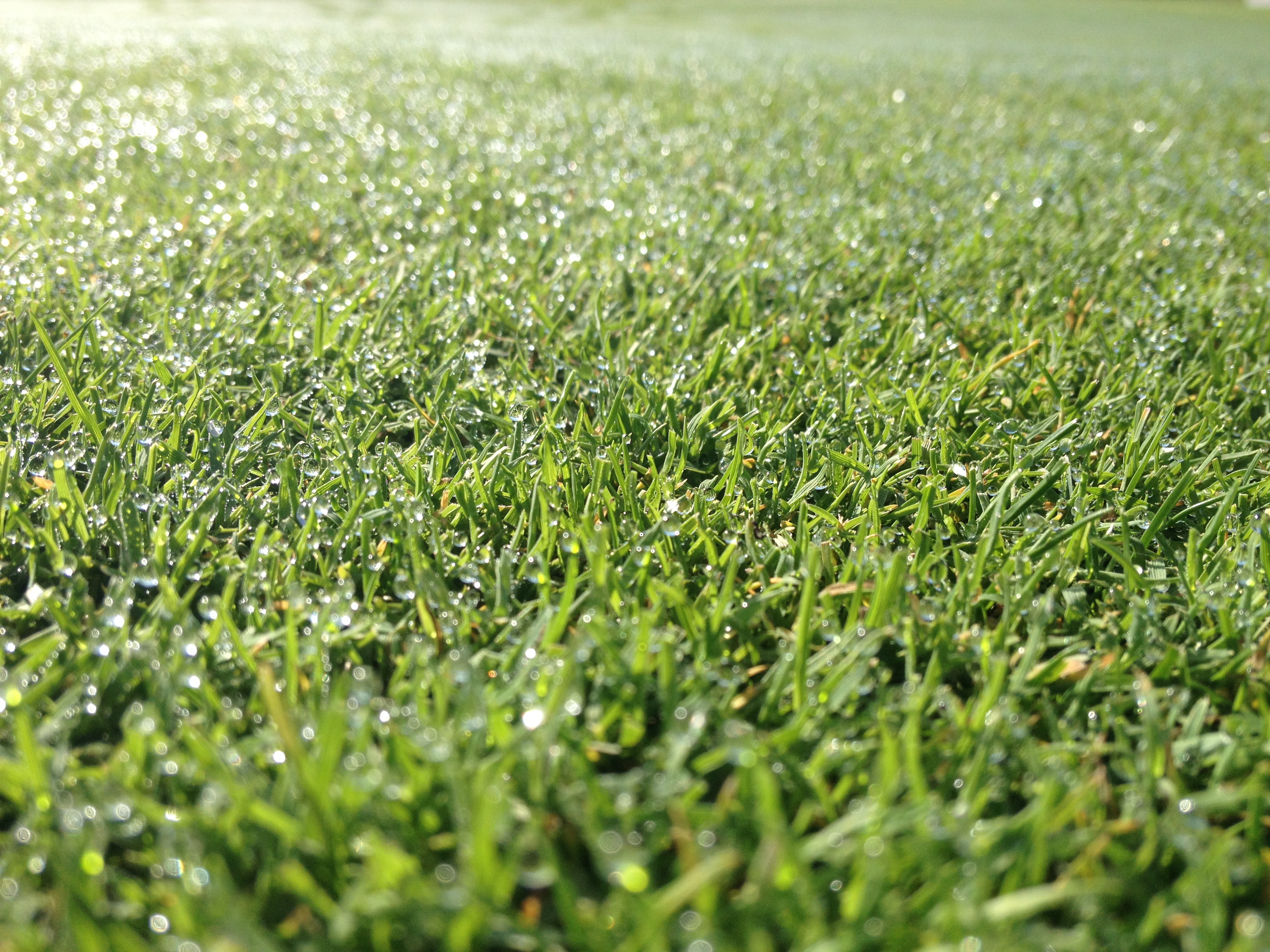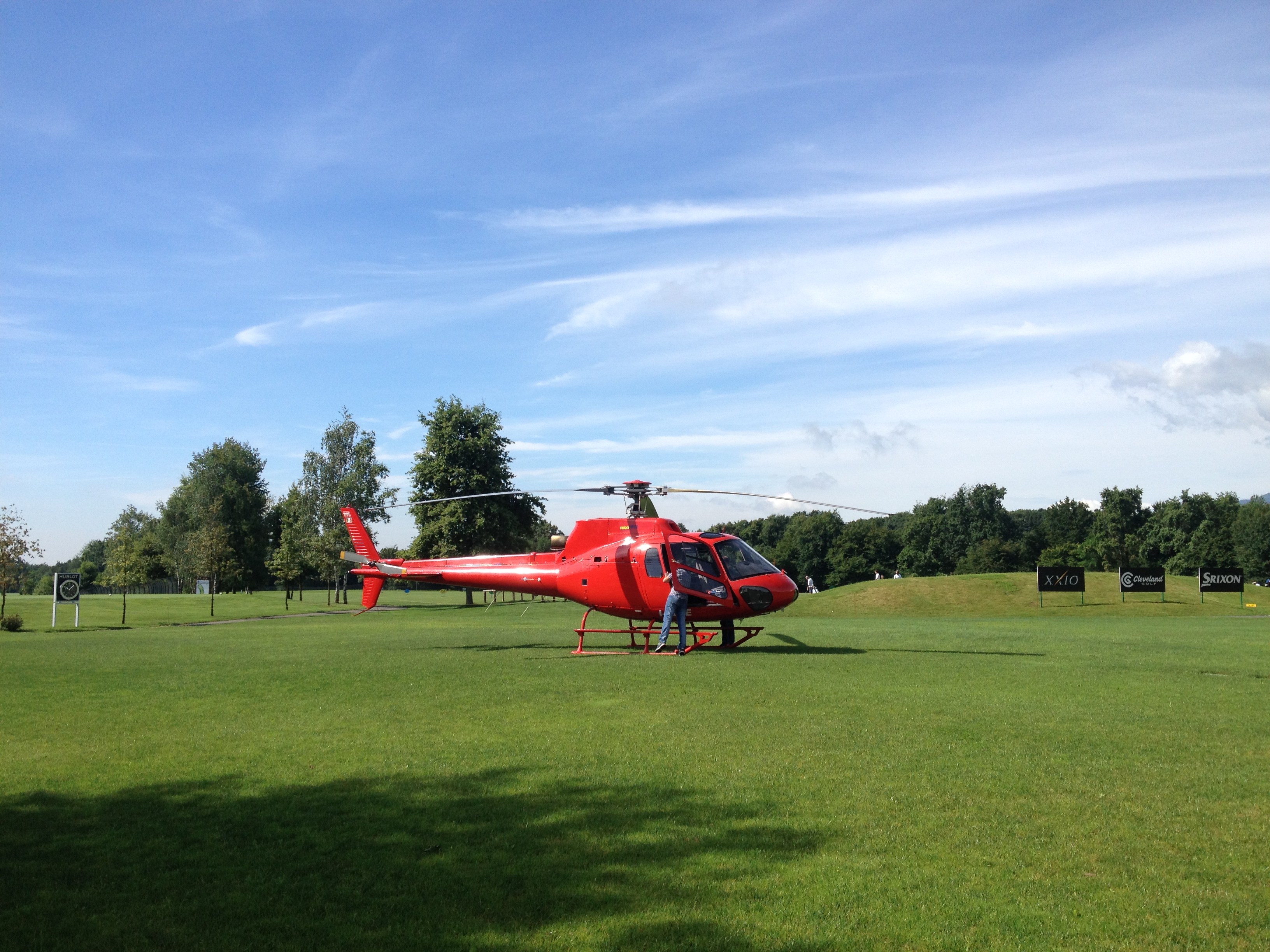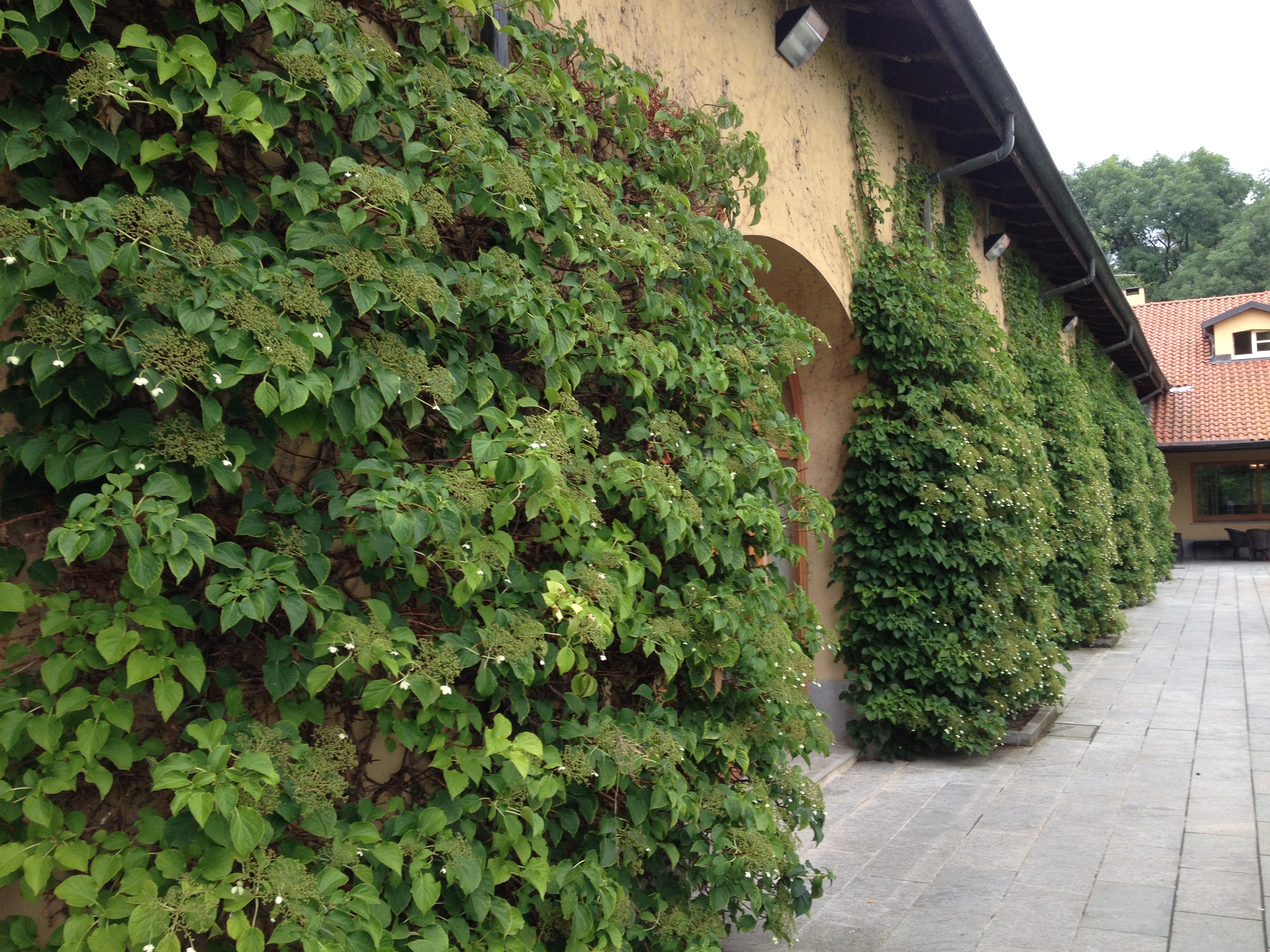
Golf Royal Park I Roveri
This post is also available in:
 Italiano (Italian)
Italiano (Italian)
The Golf Course
The original course was built in 1971 by the architect Robert Trent Jones Senior. Born on June 20, 1906, Jones designed (or redesigned) some 500 golf courses around the world. It was even said that: “The sun never sets on a golf course by Robert Trent Jones.”
The courses designed by Jones are famous for their surrounding artistic landscape, the innovative use of bunkers, the extensive use of water obstacles and the skillful arrangement of greens and obstacles to encourage thorough playing strategies. In his vision, golf had to be risk-free: a sport with no rewards, encouraging players with its very course design.
In recent years, this course has been expanded by a further 18 holes, whose design was entrusted to Michael Hurdzan.
Hurdzan has been internationally recognized as an authority on the creation of golf courses. He has been the president of the American Association of Golf Course Architects (ASGCA), studied turf management at the University of Ohio, earned a master’s degree in landscape architecture and a doctorate in landscape plant physiology. In 1996, he was awarded the title of Architect of the Year by Golf World Magazine.
A most evocative position makes this golf course quite unique throughout Europe: it is surrounded by the “Olympic” Alps and it is immersed into Mandria Regional Park.
Royal Park I Roveri is located a few steps from the Royal Palace of Venaria Reale – the largest of the House of Savoy residences – only 10 miles from the centre of Turin, and about 6 miles from Caselle airport.
Royal Park I Roveri boasts an enviable position both from a logistical and landscape point of view, harmoniously plunged into a centuries-old forest where the ancient royal hunting reserve used to be (hence its name).
The deep and calm breath of nature blends well with the charming atmosphere of this Golf Club: a mix between metropolitan chic and the respectful, silent, reserved Savoy tradition.
Attention to detail, personalized services for members and guests, wide availability of relaxation and wellness facilities make Royal Park I Roveri a place of extraordinary excellence, not only for enjoying the noble sport discipline of golf.
Some of the tree species within the park:
Betula pendula: also called European birch, as it is widespread throughout our continent; it has a thin and erect stem, with the typical white colour; the branches are thin and the twigs bearing the leaves appear hanging. The leaves are small, triangular and pointed, medium green in colour. The elderly specimens can reach about 13 ft in height.
Hornbeam (Carpinus betulus): a deciduous tree, which grows up to 65-82 ft. It has a smooth and grey bark; the leaves are dark green on the upper side, paler on the lower, rounded and pointy; in autumn, they turn striking dark red-orange before falling. The female and male flowers grow separately, but on the same plant: the males are elongated and pendulous catkins, yellowish in colour, the females are initially erected, then lengthen to become pendulous, creamy white in colour.
English oak (Quercus robur): a deciduous tree belonging to the Fagaceae family. It belongs to the Quercus genus. It is the most widespread oak in Europe and its growing range is quite vast. It’s a deciduous tree 54/130-ft tall, with a trunk diameter up to 10 ft; petiolate leaves appear glabrous, oblong, truncated or corded at the base, with unequal lobes; acorns grow in small groups in the apical part of a long peduncle; dome scales are closely attached. It is widespread in the plain woods throughout Europe; it is common in northern Italy but rare in the southern part of the country, while it is not found on the islands.
Red oak (Quercus rubra): a tree of the Fagacee family, native to the North American Atlantic region (i.e. the eastern states of the U.S.A. and Canada around the Great Lakes). Up to 82-99 ft tall, its column-like straight trunk – when young – then becomes globular; the crown gets broad with a rounded top. The posture can be different according to the altitude, this being a species featuring remarkable polymorphism: the crown, in fact, can grow bigger at lower alpine altitudes, while it tends to get thinner at higher altitudes, to contain the damage inevitably caused by the snow.
In addition, there’s a lot of animals like deers, hares, squirrels, pheasants, many birds and waders who can find the perfect refuge and shelter in one of the most beautiful parks at the foot of the hills.
This post is also available in:
 Italiano (Italian)
Italiano (Italian)
Contatti
Via Rotta Cerbiatta 24 - Fiano(TO)
011 9235500
info@royalparkgolf.it
Altre info
Tutto l' anno

